Transitioning your cat from being an outdoor to indoor cat
We are often asked keeping your cat indoors and happy to be there. Here are some tips from animal behaviourist Dr Jo Righetti on how to transition your cat from being an outdoor to indoor one…
Why have an indoor cat?
There are many reasons to keep your cat indoors:
- Safety – your cat will not be run over or stolen
- Disease and illness prevention – cats are less likely to contract diseases and pick up fleas and ticks when inside your home
- Less cat fights
- Won’t get lost
- Cannot hunt wildlife
- Your cat will be more available for interaction and pats from you
- The bond between you and your cat will be strengthened
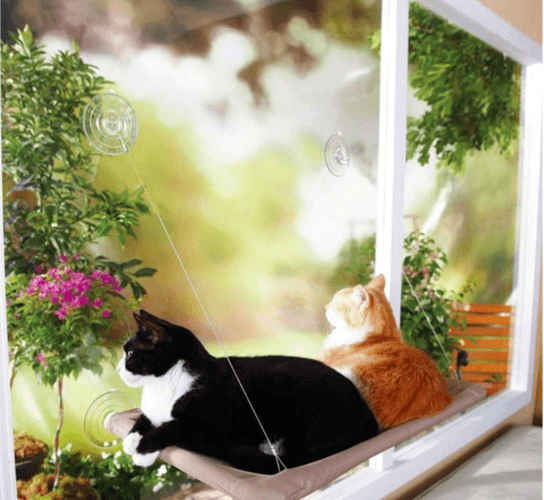
If you have made the decision that you’d like to keep your cat indoors, here are some tips that may make transitioning your cat from being an outdoor to indoor cat easier.
1. Home Safety
Transitioning your cat from outdoors to inside your home means that you will have to check, even more carefully then you usually do, for any hazards around your home. Since your cat will be looking for things to occupy themselves, you will need to ensure that items like medications are locked away.
Many owners find it difficult to keep their cats inside due to open windows and doors. Use fly screens to allow air indoors while keeping your cat safe.
2. Cat enrichment
Enriching your cat’s environment is the key to keeping your cat happy at home. Outdoors your cat had lots to do and we need to mimic this indoors. Environmental enrichment may be the key to keeping your cat indoors and happy to be home.
2A. Enrichment: Hunting for food
Your cat has been hunting when outdoors. Even if they never actually caught any prey, they were pouncing on leaves or lizards. This activity kept them mentally and physically stimulated. We can replicate this at home by hiding food or by providing it in food-releasing toys. It is not wrong for your cat to want to perform hunting behaviour, so we should try to satisfy their hunting drive by providing appropriate games. Feed cats little and often, as per their preferences.
2B. Enrichment: Cat plants
Cats nibble on grasses and other edible plants when outdoors. Many owners are unaware of this behaviour and so don’t provide plants indoors. Provide cat grasses and other cat plants, available from your local garden nursery, for your cat to nibble on. Avoid plants that are toxic to cats such as lilies.
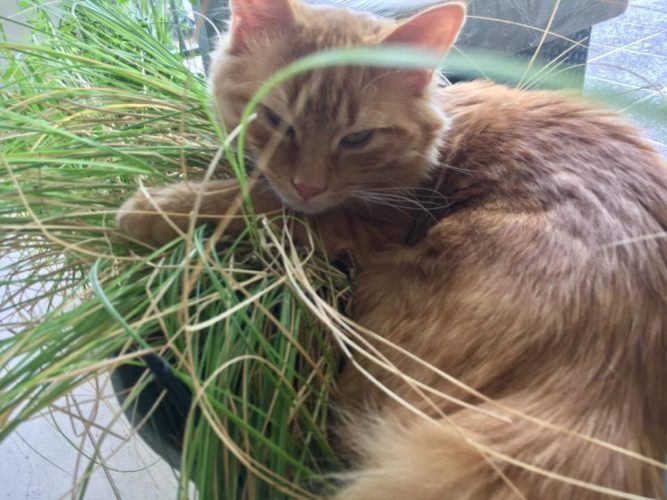
2C. Enrichment: Toys
Lots of cat owners say that their cat never plays with toys. Often it is up to the owners to get their cats stimulated. Try a laser toy, a tunnel or tying a toy on a string to your waistband as you walk about the home. Cats enjoy interactive toys and, like dogs, if you rotate toys around, they are more likely to be engaged when they haven’t seen a toy for a week or so.
2D. Enrichment: A view from a height
Cats need to look at the world from a distance. This makes them feel safe and secure and also keeps them stimulated indoors. Clear your window sills and shelves and let your cat patrol them. They will find the best viewing spot which may transition into a snoozing spot.
Views should be internal in addition to external views out of windows. Cats like to watch everything going on in the family and, again, a little height makes them feel safe, secure and probably superior!
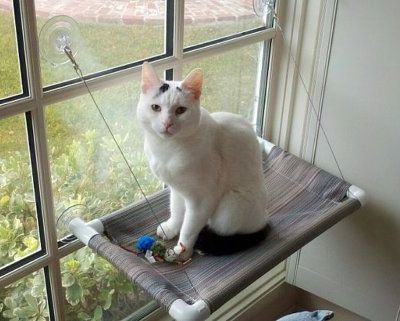
2E. Enrichment: Cardboard boxes
Cats love a box so never throw away any cardboard packaging. They’ll probably sit in a box for a week or two then ignore it. If you have children, help them build a cat cubby house.
2F. Enrichment: Scratching posts
The cardboard box may also double as a scratching post for your cat but you should also provide a selection of other potential scratching devices. Sissal rope, carpet and cardboard scratchers, placed at various strategic locations (where your cat likes to scratch) within your home, will ensure your cat scratches these and not your furniture.
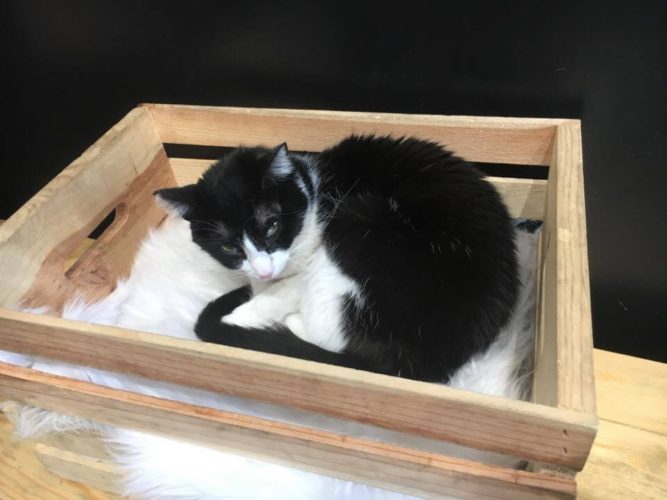
3. A secure outdoor spot
Cat owners often feel sad that their cat cannot experience a little outside air. There are cat enclosures available. Catios! Cat Max enclosures, for instance, can be placed in your yard or even attached to your windows through tunnels and walkways or if you are good at DIY, you might like to build your own cat enclosure. You must still be aware of your cat’s safety while using these as cats can overheat in summer if kept in full sun.
Gardens can also be made cat-proof through clever use of fencing. Oscillot fencing or floppy fencing can prevent your cat getting out of your garden but any overhanging tree branches will give them a swift escape route!
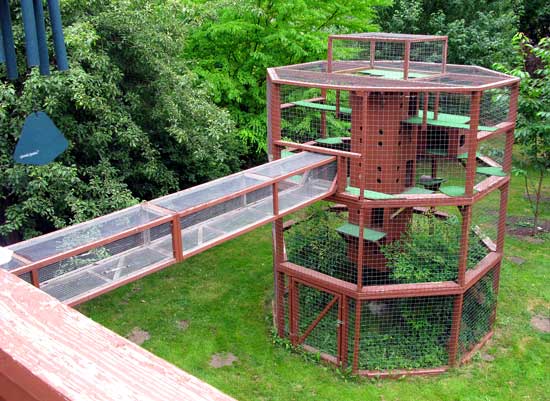
4. Handling Escape artists
There is no doubt that some cats are more determined and adept at getting outside than others. Don’t feel too guilty if your cat is one of these.
If your cat is unfamiliar with your garden and neighbourhood, then it is worth taking them out with you, making sure they are secure while you do so. Try a harness on your cat and walk around your yard with them but it may be easiest to use this indoor first until your cat gets used to it. Familiarity with their surroundings is essential for your cat if they escape and need to find their way back home.
Urban stray cats : The Australian situation
5. Outdoor to Indoor Cat 24/7
Cat owners often ask if there is a way of getting their cats used to the indoor transition easily. There isn’t! If you are moving house, this is often a good time to change all your habits.
If not, you may like to start by keeping your cats inside one day while letting them out the next. Or keeping them indoors at night. Even just this small step goes a long way towards preventing all the negative encounters your cat may have at night. Outdoor to indoors cat may take time and patience.
Eventually, you will need to simply prevent your cat’s exit and keep them inside. If you feel your resolves slipping, then read back over all the benefits of having an indoor cat. Enjoy your cat’s company at home with you.
P.S. Note from author Dr Jo
I still find it hard to keep my cats inside. With so many human movements in and out of the house, my cats always find the escape route. I try to encourage them to stay at home by feeding them little and often. They enjoy that!
About the author
Dr Jo Righetti is a PhD animal behaviour consultant with 20 years experience in business Pet Problems Solved. Jo has always lived with cats and wants to encourage people to consider cats when choosing a pet.
More home topics
- Enrichment Stuffing: A Beginner’s Guide to Stuffing Dog Toys
 Enrichment Stuffing: A Beginner’s Guide to Stuffing Dog Toys Ever wondered how to keep your dog amused when they are alone or you just
Enrichment Stuffing: A Beginner’s Guide to Stuffing Dog Toys Ever wondered how to keep your dog amused when they are alone or you just - Does my cat love me? 7 Signs of cat love and affection
 Does My Cat Love Me? 7 Signs of Cat Love and Affection “Does my cat love me?” A question every cat owner asks at
Does My Cat Love Me? 7 Signs of Cat Love and Affection “Does my cat love me?” A question every cat owner asks at - Cats and litter: 7 Cat Litter Box Rules
 Cats and litter: 7 Cat Litter Box Rules and the Best Cat Litter What type of cat litter does your cat prefer to use?
Cats and litter: 7 Cat Litter Box Rules and the Best Cat Litter What type of cat litter does your cat prefer to use? - Synthetic grass and Pets: Can they work together?
 Synthetic Grass and Pets: Can they work together? Do you find your lawn difficult to take care of? No time with kids? Hassles with
Synthetic Grass and Pets: Can they work together? Do you find your lawn difficult to take care of? No time with kids? Hassles with - 9 Surprising Things you May Learn About Your Pets While in Social Isolation
 9 Surprising Things You May Learn About Your Pets While in Social Isolation You are never alone when you have a pet. During this
9 Surprising Things You May Learn About Your Pets While in Social Isolation You are never alone when you have a pet. During this - Coronavirus Isolation With Pets: 7 Healthy/ Indulgent Activities to Do Together
 Coronavirus Isolation with Pets: 7 Healthy/ Indulgent Activities to Do Together Isolation can be tough but when you have pets, you are never truly
Coronavirus Isolation with Pets: 7 Healthy/ Indulgent Activities to Do Together Isolation can be tough but when you have pets, you are never truly - Is your pet eating their pet greens?
 Is your pet eating their pet greens? We all know that greens are good for us! Are you also aware that our pets need
Is your pet eating their pet greens? We all know that greens are good for us! Are you also aware that our pets need - What You Need (and Don’t Need) When Moving With Pets
 Moving home is one of the most stressful life events. These tips from Bobby Miller will help ease your mind and keep your pets
Moving home is one of the most stressful life events. These tips from Bobby Miller will help ease your mind and keep your pets - Are You Allergic To Your Dog? Try These Steps
 Allergies to pets may prevent people from keeping dogs or cats. With a little help from this article by Ken Hyden, you may be
Allergies to pets may prevent people from keeping dogs or cats. With a little help from this article by Ken Hyden, you may be

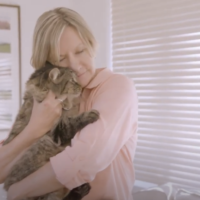
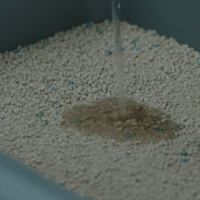



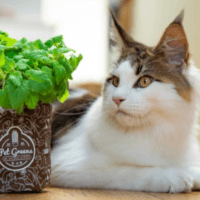

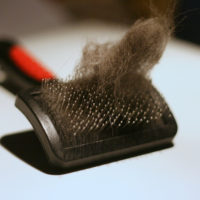






3 comments
Comments are closed.